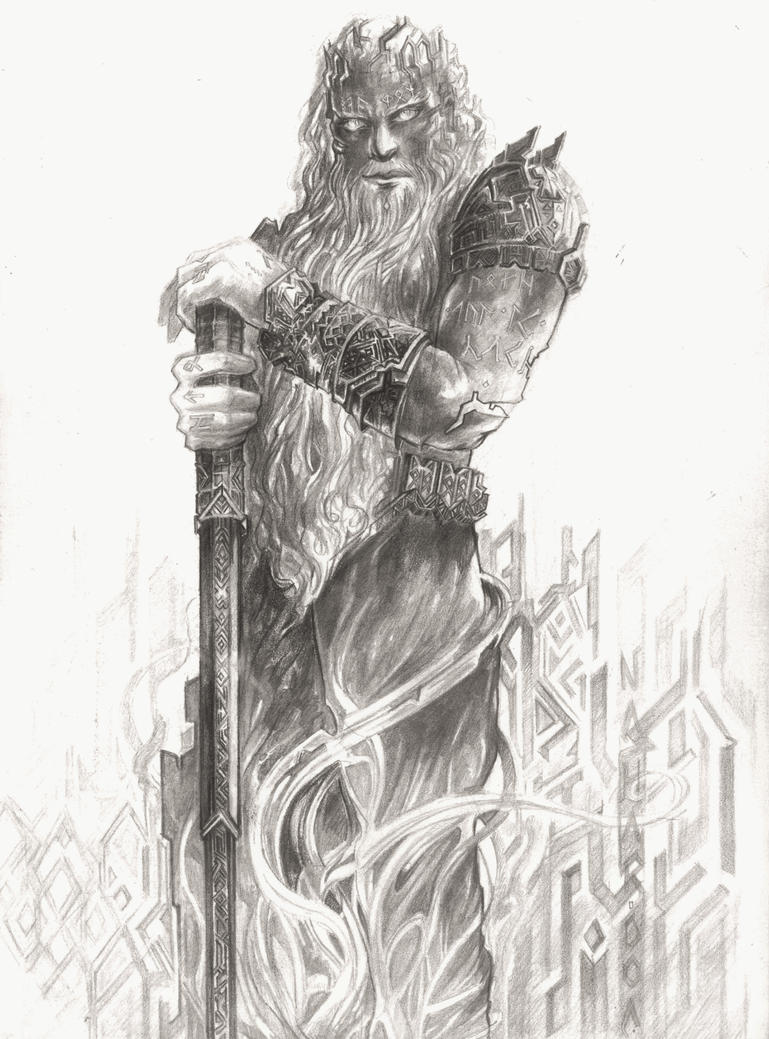These days, there’s a lot of emphasis in Catholic circles on the importance of beauty in evangelism. I’m a big fan of this notion. Beauty has played a massive role in my faith from the time I was only a child. The Lion, the Witch, and the Wardrobe basically led me to make my first profession of faith in Christ.
However, I’m concerned that with it being repeated so often, the notion of the beautiful and its role in evangelization is in danger of becoming a cliché, a trite little saying that makes us all feel a little better but doesn’t really do anything for us. That would be tragic, because nothing else can fulfill the human desire for beauty like the Catholic Church. The bottom-line is, Catholics, wherever they are, can and should lead the charge of cultural renaissance and aim to effect every human being.

Continue reading “Tolkien and the Evangelical Power of Beauty” →





